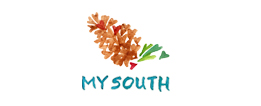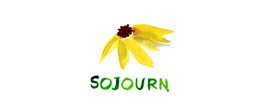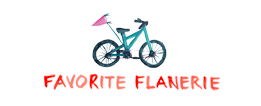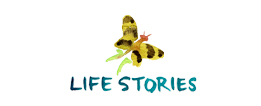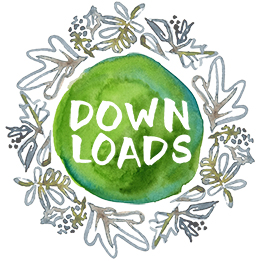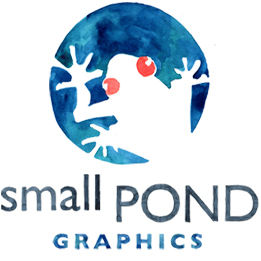Hello 2011! The New Year is the perfect time for businesses and organizations to evaluate their marketing efforts. It’s also a time of year when folks are putting together budgets and looking at ways to make their dollars more effective. I’ve been thinking a lot about fresh approaches this season. And that thought process involves boiling ideas down to their essential elements–taking a wish list and turning it into something that’s really doable.
When I meet with new business clients, they often ask me to prioritize for them what I feel are the most essential elements for marketing their new ventures. It makes sense. It’s important to set priorities before you can correctly allocate a limited budget. And, let’s face it. All budgets are limited.
So, I’ve been evaluating my list of “essentials” when it comes to marketing my own business and the dreams of my clients. I’ve settled on 10 recommended Marketing Moves for 2011. I’ll start with the first 5 here and share the rest in a second post.
1. A “Yes” Mentality — This one is more about mindset than anything else. I look at the hallmarks of small, local businesses and I see that the successful ones have a “yes” mindset. With every customer encounter, they are looking for a way to say “yes.” Even if they can’t do exactly what a customer asks, even if their services don’t exactly match what a customer needs, and even if saying “yes” means finding the phone number to another business the customer can try. This type of approach to working with customers makes a lasting impression. It fosters good recommendations and the word-of-mouth we covet. It creates a culture of service and builds relationships that have value beyond a single sale.
2. Brand Consistency — If a brand isn’t created, used and built upon consistently, it has no hope of producing good marketing results. In 2011, I’m looking at ways my clients can filter their brand through the unexpected areas of the customer experience. Every surface, every piece of paper, every product, every aspect of a business that touches a customer is a branding opportunity. And, creating consistency isn’t that difficult. It usually boils down to paying attention to the little things like repeated phrases, correctly selected fonts, color choices. And it involves thinking creatively about how you want a customer to experience your products, services and environment.
3. An Effective Logo — Without question, I believe an effective logo is the center point of any business’ marketing and branding efforts (aside from actually delivering the goods, of course). It is the most recognizable image of a company or organization and when used consistently becomes what visually defines it. That’s a powerful marketing tool. I almost always recommend a well-designed logo as the first marketing investment for a new business.
[Programming Note: This year I’m developing monthly content themes for sharing ideas and experience here on Plop! and on the Small Pond Facebook page. January is LOGO month! So, stay tuned for some more comprehensive thoughts on creating an effective logo and how it can benefit your business.]
4. Your own well-told story — I’ve seen so much about “story-telling” over the last few months. It’s the new watch phrase in marketing communications. But, I have to admit; I like it. Each business–large or small, start-up or third generation–has a unique story to tell. Often the key to engaging with customers is communicating that story effectively with information that matters to the target audience. Approaching a company’s “message” as a unique story takes it away from the same-old marketing spiel and more into the realm of people-centered communication to which customers can relate. In addition, the “story-telling” approach is a flexible one. It allows for both past, present and future and for the message to evolve in the same way a real company does.
5. Website — This one may seem obvious, but I still get asked the question. “Do I need a website?” The answer is unequivocably “yes.” The internet is the chief source for consumer and business-to-business research on products and services. A company that doesn’t have a web presence in some form or another immediately takes a hit image-wise in terms of remaining current and exuding professionalism. Today, marketing without a website can actually become frustrating and off-putting for customers. In addition, a custom website offers a ready vehicle for shary that story I mentioned before.
Look for part 2 of the list next Monday. Meanwhile, what’s on YOUR list of marketing essentials for 2011?













 Hello & welcome! I’m Haley Montgomery, and I’m the designer and owner of
Hello & welcome! I’m Haley Montgomery, and I’m the designer and owner of 